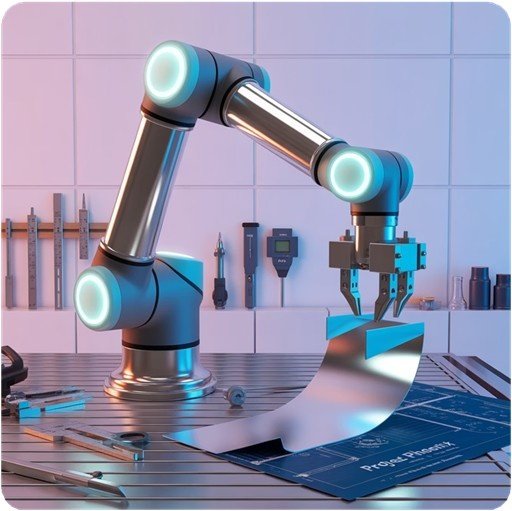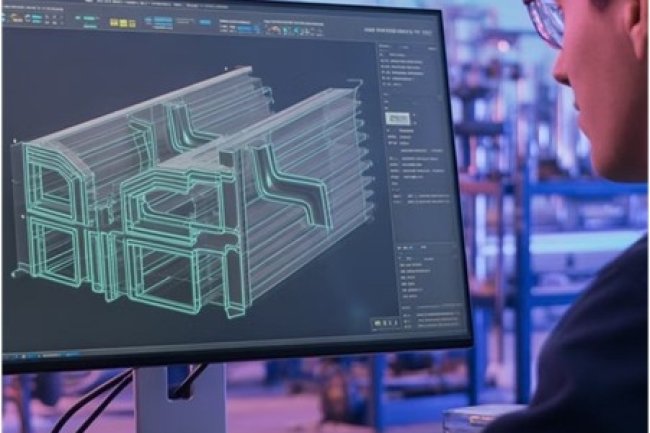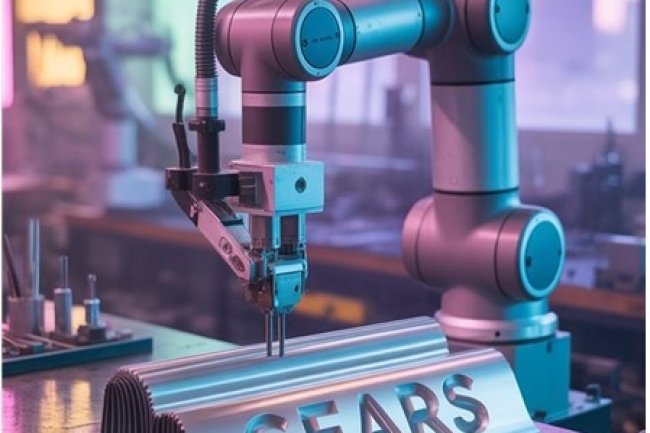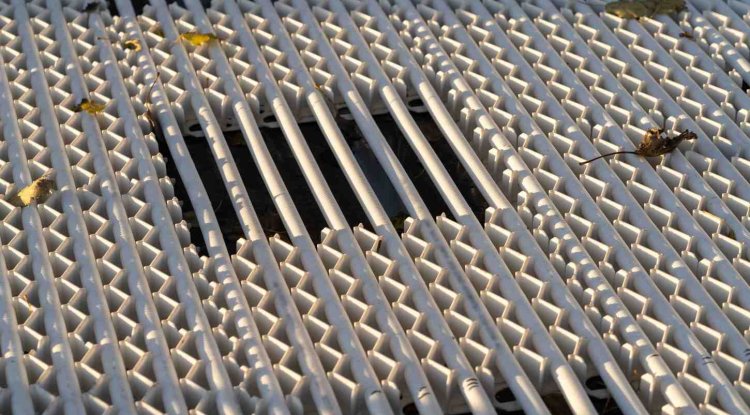Precision in Sheet Metal: Tolerancing for Robotic Fabrication
Achieve unparalleled precision in sheet metal fabrication. This blog explores the critical role of meticulous tolerancing in elevating robotic fabrication projects, ensuring superior accuracy, efficiency, and exceptional results.
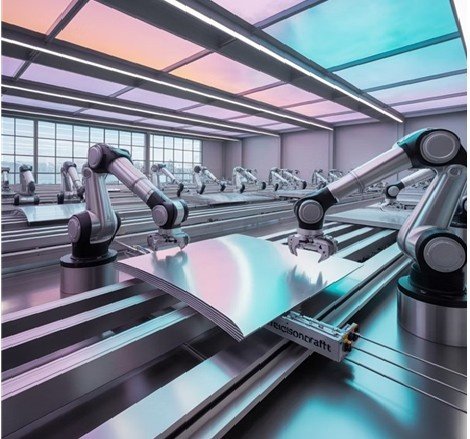
Understanding Sheet Metal Tolerancing
Tolerancing isn't just a technical requirement—it’s the foundation of successful sheet metal fabrication. When we talk about tolerances, we're discussing the acceptable range of variation that still allows parts to function correctly.
|
In the world of sheet metal design, even minor deviations can create major headaches downstream. Properly specified tolerances ensure:
|
|
Key Factors Affecting Sheet Metal Tolerances
|
Material Properties
Different metals respond uniquely to fabrication processes.
Aluminum, steel, and copper each have distinct characteristics that influence how precisely they can be formed. |
Thickness Considerations
As material thickness increases, achieving tight tolerances
becomes more challenging due to spring-back effects and material stresses. |
|
Fabrication Methods
Laser cutting offers different tolerance capabilities than
punching or water jet cutting. Each technique has unique precision limitations. |
Tooling Precision
The accuracy of your tooling directly impacts the achievable
tolerances in the final product. Regular calibration is essential. |
Understanding these factors helps you set realistic tolerance expectations for your sheet metal design projects, preventing costly revisions later.
Robotic Fabrication: Precision Challenges
|
|
Where Robots Excel Common Precision Hurdles
|
Overcoming these challenges requires both technical understanding and practical experience in sheet metal design.
Best Practices for Sheet Metal Tolerancing
|
Design with Manufacturing in Mind
Consider the fabrication process from the beginning.
Collaborate with fabricators early to understand their capabilities and limitations. |
Apply Tolerances Strategically
Tight tolerances increase costs. Only specify precision
where functionally necessary, such as mating surfaces or mounting points. |
|
Account for Accumulation
Remember that tolerances stack across assemblies.
Use geometric dimensioning and tolerancing (GD&T) to control critical relationships. |
Verify Through Prototyping
Test your tolerance specifications with physical prototypes
before full production. This reveals practical issues theoretical models might miss. |
Advanced Tolerancing Techniques for Robotic Systems
Adaptive Tolerancing
Modern robotic systems can now adjust fabrication parameters based on real-time measurements, automatically compensating for material variations.
Digital Twins
Creating virtual models that simulate physical properties allows for tolerance testing before cutting any metal, reducing costly trial-and-error.
Statistical Process Control (SPC)
Implementing SPC techniques helps identify tolerance drift before it causes rejections, maintaining consistent quality throughout production runs.
Real-World Applications & Benefits
|
40% Cost Reduction |
60% Faster Production |
95% First-Pass Success |
By implementing these strategies, manufacturers can achieve significant improvements in both quality and efficiency while meeting increasingly demanding customer specifications.
Partner with Consac for Precision Excellence
At Consac, we understand the intricate relationship between sheet metal design and successful robotic fabrication. Our team of specialists blends deep theoretical insight with hands-on industry experience to help you:
-
Develop precise tolerance specifications tailored to your unique fabrication needs
-
Optimize designs to maximize robotic fabrication efficiency and accuracy
-
Implement verification systems that ensure every part meets tolerance standards
-
Troubleshoot tolerance-related issues that disrupt production or quality
Ready to Elevate Your Sheet Metal Precision?
Let’s explore how advanced tolerancing strategies can transform your robotic fabrication—minimizing waste, accelerating production, and maximizing quality.
Contact Consac today to discover how our precision-driven approach can power your next project.
What's Your Reaction?








